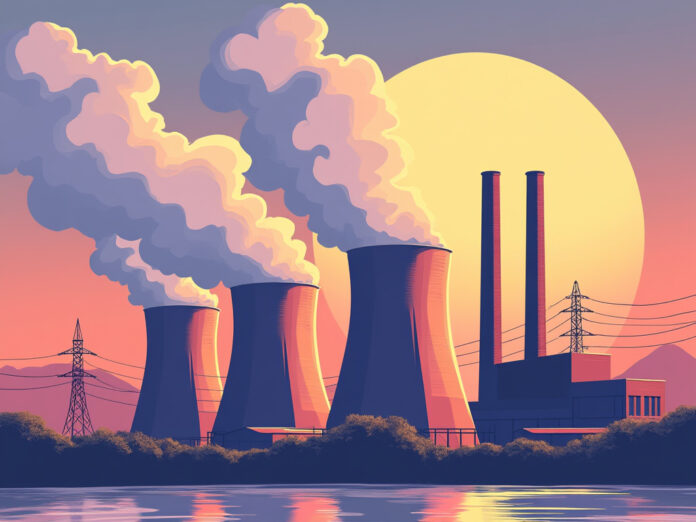Pakistan’s nuclear power plants (NPPs) continue to play a significant role in the country’s energy mix, with six plants operating at two different sites and providing a total installed capacity of 3,530 MW, according to the Economic Survey 2024-25.
The Chashma Nuclear Power Generating Station (CNPGS), located near Mianwali, consists of four units with a combined capacity of 1,330 MW, while the Karachi Nuclear Power Station (KNPGS) has a capacity of 2,200 MW, featuring two Generation-III technology units, K-2 and K-3.
KANUPP, Pakistan’s first nuclear power plant, with a capacity of 137 MW, was permanently shut down in August 2021 after 50 years of operation and is currently in the decommissioning phase.
The Economic Survey also noted that the average tariff of Pakistan’s NPPs includes significant debt repayment costs associated with newly constructed units, with this repayment period covering 20% (12 years) of the plants’ economic life.
Overall, electricity consumption in Pakistan experienced a 3.6% decline during the first nine months of fiscal year 2024-25, reflecting the combined effects of higher tariffs, energy conservation measures, and reduced industrial activity.
According to the survey, total electricity consumption from July to March 2025 amounted to 80,111 GWh, compared to 83,109 GWh during the same period the previous year.
This drop is primarily attributed to elevated energy prices, an increase in off-grid solar usage, and decreased demand from major consuming sectors.
Despite the overall decline, household electricity consumption increased slightly, reaching 39,728 GWh, which accounted for nearly half (49.6%) of total electricity use. This rise in residential consumption is linked to factors such as population growth, increased use of home appliances, and seasonal demand.
On the other hand, industrial electricity consumption dropped to 21,082 GWh, marking a decrease in the sector’s share to 26.3%. The agriculture sector faced the steepest decline, with a 34.3% drop in consumption, as many farmers turned to diesel or solar-powered irrigation systems due to rising power costs.
The commercial sector saw a modest increase in consumption, rising to 6,898 GWh, suggesting some recovery in business and retail activity. Consumption in the “others” category, which includes public lighting and government buildings, remained stable at around 7,037 GWh.
In terms of total power generation, Pakistan’s installed capacity reached 46,605 MW by March 2025, showing a 1.6% increase from the previous year. Hydropower, nuclear, and renewable energy sources accounted for 44.3% of the total capacity, indicating a gradual shift away from thermal generation. Despite the diversification in the energy mix, the overall decline in electricity consumption highlights broader economic challenges and the need for targeted measures to boost demand and support industrial recovery.




